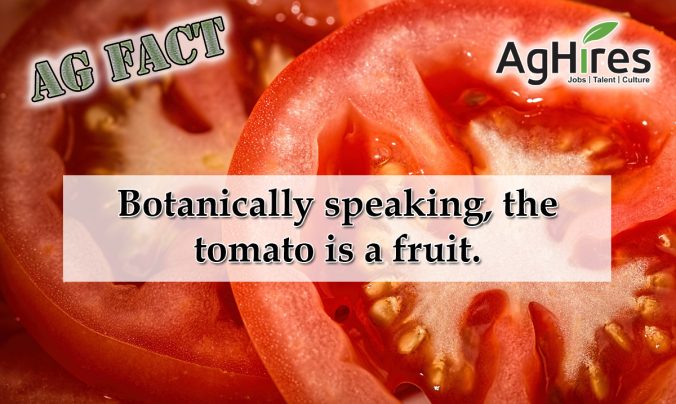
There is a major debate that has been happening for generations… Is the tomato a fruit or a vegetable? We’re going to try to clear up some things for you.
The Science
Botanically speaking the tomato is a fruit. The biggest tell is that they contain seeds, which means they are developed from the ovary of a flowering plant. Vegetables don’t contain seeds. They are grown from other plant parts, like roots, stems, and leaves.
The Tomato Ruling
In 1893 the United States Supreme Court ruled that the tomato was a vegetable in Nix. v. Hedden. This court ruling came after a tomato importer argued that tomatoes should be exempt from the vegetable tax. In 1887 a 10% duty on vegetables was implemented, however there was no tax on fruit. The importer reasoned that tomatoes are botanically a fruit, therefore exempting them from the tax. However, court unanimously voted against his argument, agreeing that the fruit is served as a vegetable in the average American home. Bam. The great debate began.
Tomatoes Are Not Alone
There are other fruits that are eaten as vegetables. Bell peppers, cucumbers, green beans and red chilies are all fruits, but I wouldn’t put them in your fruit salad. Eggplants even have tiny seed, if you look closely. Avocados are a single-seed berry. Other fruit disguised as vegetables include pumpkins, green peas, and olives.
Fruits add confusion too. Bananas are berries because they have layers, just like the orange, which is also a berry. So are watermelons because of their layers and the seeds are spread throughout the fruit. Strawberries, raspberries and blackberries are not technically berries since the seeds are grown on the outside.
Read more about the tomato here
Want more Agriculture Facts? Click here
Follow us on Facebook and Twitter to get your weekly dose of Ag Facts.
Sources:
Live Science
NDTV – Food
USDA






